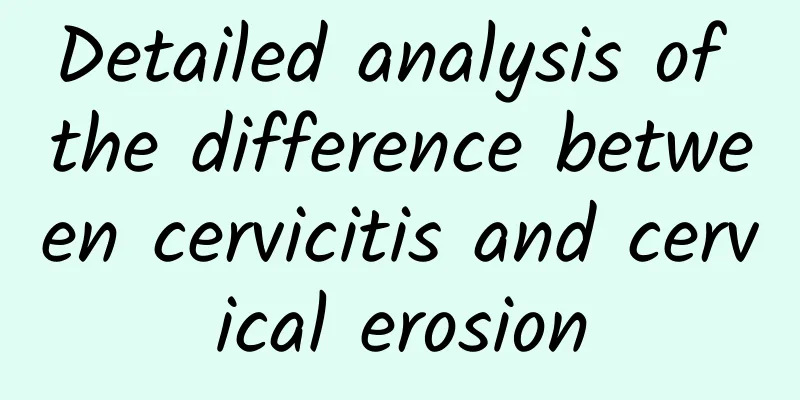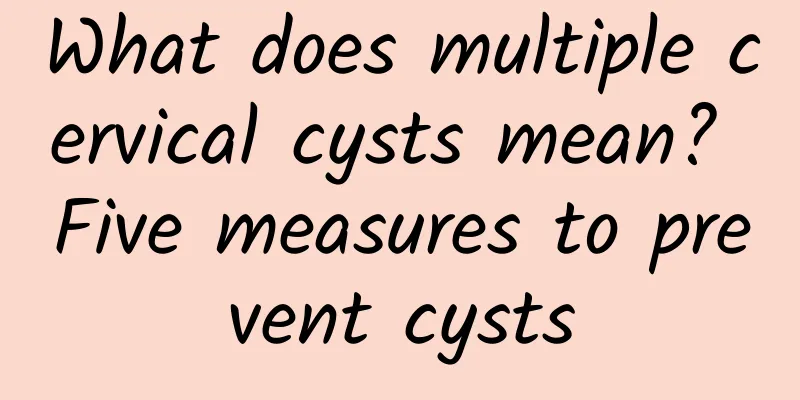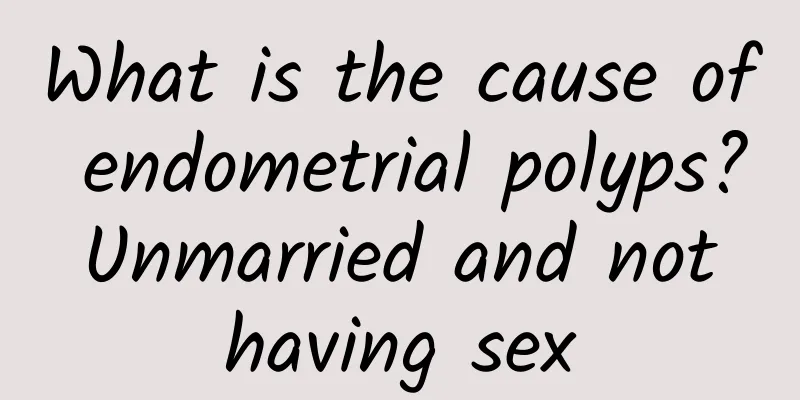Detailed analysis of the difference between cervicitis and cervical erosion

|
Many people tend to confuse cervicitis with cervical erosion. In fact, there are many differences between cervicitis and cervical erosion in terms of causes and symptoms. Let our experts talk about the differences between cervicitis and cervical erosion . The difference between cervicitis and cervical erosion can be analyzed from the cause and clinical manifestations: 1. Causes of cervicitis and cervical erosion : 1. Cervicitis occurs after childbirth, abortion or surgery that damages the cervix. The main pathogens are staphylococci, streptococci, Escherichia coli and anaerobic bacteria, followed by gonorrhea and tuberculosis. Among the protozoa, there are trichomonas and amoeba. In special cases, it is caused by chemical substances and radiation. 2. The causes of cervical erosion include mechanical stimulation or injury, such as sexual intercourse, miscarriage and delivery lacerations and bacterial invasion causing cervical inflammation; pathogen invasion, commonly general pyogenic bacteria such as Staphylococcus, Streptococcus, Gonorrhea, Mycobacterium tuberculosis, viruses, actinomycetes, Trichomonas, and Ameba can all cause cervical inflammation. 2. Symptoms of cervicitis and cervical erosion : The symptoms of cervicitis and cervical erosion are also obvious differences. The main symptom of cervicitis is an increase in vaginal discharge. Due to different pathogens, the scope and degree of inflammation, the vaginal discharge can be milky white and mucous, or light yellow and purulent, sometimes bloody or bleeding after sex. When the inflammation spreads to the pelvic cavity, waist pain and lower abdominal pain may occur. Gynecological examinations can show varying degrees of cervical erosion, hypertrophy, glandular cysts or polyps. Cervical erosion is one of the most common lesions in uterine inflammation. Clinically, it is divided into three degrees according to the size of the cervical erosion area: mild, the erosion area does not exceed 1/3 of the entire cervical area; moderate, the erosion area accounts for 1/3-2/3 of the entire cervical area; severe, the erosion area accounts for more than 2/3 of the entire cervical area. According to the depth of the erosion, it can be divided into three types: simple type, granular type and papillary type. Cervical erosion and early cervical cancer are difficult to distinguish from the appearance, and a cervical smear examination must be performed, and a biopsy must be performed if necessary to confirm the diagnosis. The above is the difference between cervicitis and cervical erosion explained in detail by experts. I hope it can help you distinguish between cervicitis and cervical erosion. If you have more questions, please feel free to consult our online experts. For more information, please visit the cervicitis disease special topic at http://www..com.cn/fuke/gjjb/gjy/ or consult an expert for free. The expert will then give a detailed answer based on the patient's specific situation. |
<<: Common clinical symptoms of dysmenorrhea
>>: Interpretation of the prevention methods of chronic cervicitis
Recommend
How about immunotherapy for recurrent miscarriage?
The immunotherapy effect of recurrent miscarriage...
Eating lunch at 3 p.m. reduces calorie consumption by 40%
Whether you will lose weight or not, it is not on...
Is uterine fibroids serious? What are the treatments for uterine fibroids?
If uterine fibroids grow too fast or after menopa...
What are the best ways to treat cervical erosion? 3 tips for treating cervical erosion
We want to have the best way to do anything, beca...
What medicine is effective for uterine fibroids? What medicines can be used to treat uterine fibroids?
What medicine is effective for uterine fibroids? ...
How to check for uterine prolapse? Observe the lower part of the body
Uterine prolapse is a very troublesome thing for ...
How to prevent stomach pain before menstruation? See what doctors say
Women who have dysmenorrhea, especially those who...
What do you know about the causes of dysmenorrhea?
What do you know about the causes of dysmenorrhea...
Is third-degree cervical erosion serious? Third-degree cervical erosion can cause these harms
Cervical erosion is a common gynecological diseas...
What should I check for irregular menstruation?
Many female friends often ask such questions: How...
Recommended quality public hospitals for amenorrhea
Many female friends have encountered the problem ...
Lose weight without hibernation! Secret weapon: Vitamin B supplementation
There is no holiday for weight loss, especially w...
Get rid of metabolic syndrome and take action! Do 4 exercises to slim your waist
A waist that is too thick is harmful to your heal...
Experts explain how to prevent cervical precancerous lesions
How to prevent cervical precancerous lesions? Thi...
How to review recurrent miscarriage in early pregnancy and what needs to be done?
Women with recurrent miscarriage must have regula...









